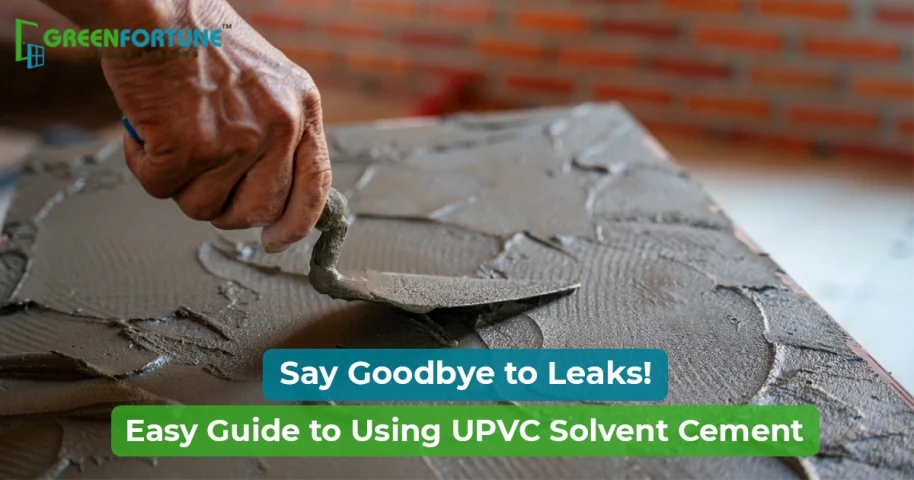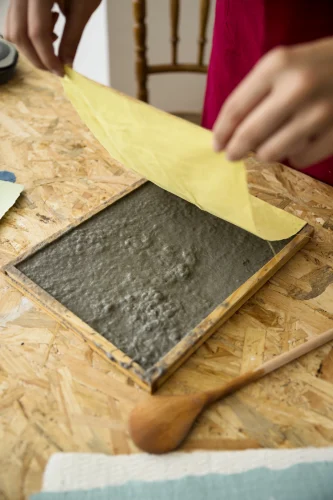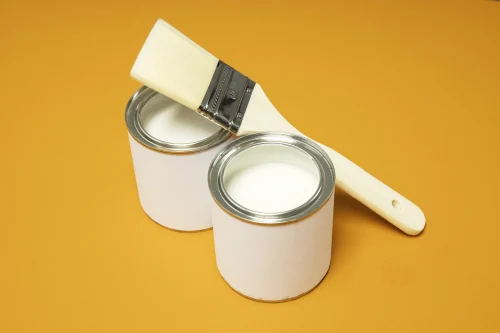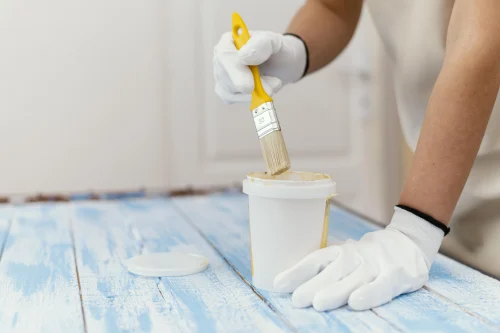
Why Aluminium Window Glazing Is a Smart Choice for Modern Homes
May 17, 2025
Athangudi Tiles: Timeless Beauty, Craftsmanship & All You Need to Know
May 19, 2025Table of contents
- What Is UPVC Solvent Cement?
- Key Features of UPVC Solvent Cement
- Why Select UPVC Solvent Cement Over General-Purpose Adhesives?
- Available Variants of the UPVC Solvent Cement
- UPVC Solvent Price Range
- Process of Applying UPVC Solvent Cement Step-by-Step
- Common Mistakes to Avoid
- Conclusion
- Discover GreenFortune - Your Trusted Partner for Top-quality uPVC Windows and Doors
- FAQs
Have you experienced PVC pipe leaks after applying adhesive? Are you frustrated with repairing PVC pipes with adhesive alone? Has spending both time and money only to deal with repairs again been frustrating for you?
UPVC solvent cement, designed specifically to handle pressure, could be the answer. This amazing bonding agent ensures watertight joints that hold under pressure.
This blog contains everything needed, from 250ml variants to best practices for applying solvent cement to PVC pipes, to avoid future pipe disasters once and for all.
What Is UPVC Solvent Cement?
UPVC solvent cement is an adhesive designed specifically to bond unplasticised polyvinyl chloride (UPVC) pipes and fittings together. It is also commonly referred to as PVC pipe solvent cement, and it is used for strong bonding within water, chemical, or waste piping systems.
This cement differs from regular glue in that it chemically bonds surfaces together to form strong and leak-proof joints. It works by slightly softening material at its surface before dissipating as the solvent evaporates.
Key Features of UPVC Solvent Cement
Here are the various features of the cement -
1. Regular and cost-effective
- Standard-setting time.
- Ideal for residential plumbing and general repairs.
2. Fast-Setting and Quick drying
- Dries quicker, perfect for high-humidity conditions or quick fixes.
- Reduces installation time significantly.
3. Heavy-Duty and Strong
- Designed for industrial or high-pressure water systems.
- Offers superior bonding strength and resistance to stress.
4. Transparent or Coloured
- Transparent cements offer a clean look.
- Some brands offer coloured variants for easier visual inspection during installations.
Why Select UPVC Solvent Cement Over General-Purpose Adhesives?
Opting for this cement as opposed to general-purpose adhesives has several advantages:
Stronger Bond: Create chemical welds instead of just surface adhesion.
Leak-proof: The leak-proof solution was specifically created for PVC pipe solvent cement applications, for which leak prevention is of the utmost importance.
Longevity: Protective against heat, pressure, and chemical exposure.
Cost-Effective: Reduce maintenance and repair expenses over Time.
Available Variants of the UPVC Solvent Cement
While various sizes of packaging are available, 250ml and 500ml bottles are the most sought-after for both domestic and professional use.
UPVC Solvent 250ml
Ideal For: Small home plumbing projects, minor repairs, and DIY work.
Coverage: One tub will usually bond about 20-25 joints, depending on pipe diameter.
Advantages:
- With its lightweight and portable design, this device is easy to transport.
- Small projects should use as little material and waste as possible.
- Entry point for first-time users. Affordability makes this an attractive proposition.
UPVC Solvent 500 ml
Ideal For: Larger projects, industrial applications, and commercial plumbing setups.
Coverage: These bonds cover approximately 40-50 joints.
Advantages:
- Cost-effective for larger jobs.
- Reduce interruptions caused by refilling.
- Professional plumbers and contractors would benefit more from having one.
Read more - Best ceiling cement designs
UPVC Solvent Price Range
Here’s a general idea of the UPVC solvent price in the Indian market (prices may vary by brand and quality):
Variant | Average Price (INR) | Notes |
250ml | ₹120 – ₹200 | Ideal for DIYers and small fixes |
500ml | ₹220 – ₹400 | Best value for larger or multiple projects |
Process of Applying UPVC Solvent Cement Step-by-Step
To maximise your investment in this cement, proper application is key to its maximum benefit. Here is the process:
- Prepare the pipe and fitting, and cut the pipe square using a pipe cutter. Remove any burrs or sharp edges. Cleaning surfaces with a damp cloth or cleaner to remove dust, oil, or moisture is important for keeping surfaces safe.
- Fit the Pieces to test for proper fitting of all parts. Test fit the pipe into the fitting without using cement to ensure its correct assembly. Mark alignment points to facilitate assembly after using adhesive cement.
- With your applicator, apply an even layer of the cement on both pipe and fitting surfaces using the cement. Do not apply a thick, saturated coat - a thin and even coat is sufficient.
- Quickly fit the pipe into its fitting while the cement is still wet. Rotate the pipe clockwise, a quarter turn, to disperse the cement evenly. Hold in place for at least 30 seconds to enable initial bonding.
- Allow 15 minutes for strength development. Wait at least 24 hours before performing full pressure testing.
With these steps in place, a strong and leak-proof bond can be created when using either PVC pipe solvent cement or UPVC solvent cement.
Read more - Interlock brick designs
Common Mistakes to Avoid
Even the best UPVC solvent cement may fail if mistakes are made when it is applied, so take note of:
Skipping surface Preparation: Neglecting to prepare surfaces before painting leads to weak bonds that reduce their durability.
Overusing Cement: Excess solvent weakens pipe walls, so it should be used sparingly to maintain optimal pipe performance.
Delay Assembly: Cement sets quickly, so fast assembly is essential. Once set, an incorrect alignment cannot be adjusted.
Avoid Testing Too Early: Testing too soon may lead to leaks in the pipe system. Utilising quality products such as PV Seal, the cement ensures a longer working time and joint durability.
Conclusion
Selecting the appropriate UPVC solvent cement can make all the difference in ensuring a successful plumbing job and avoiding months of leaks.
From 250ml for minor fixes to 500ml bottles that provide better value, choosing genuine products with proper application steps will help create strong, watertight pipeline systems and save costly repairs down the line.
Discover GreenFortune - Your Trusted Partner for Top-quality uPVC Windows and Doors
Green Fortune windows and doors, made with premium UPVC solutions specifically for each application, will add visual appeal and provide long-term performance.
Choose GreenFortune now and experience our extraordinary quality, design, and customer service.
FAQs
- Can UPVC Solvent Cement Be Used on CPVC and Metal Pipes?
No. The adhesive specifically made for use with PVC pipes (UPVC and PVC) should not be used to adhere them together, nor should any mechanical fittings or special glues be added onto metal pipes for additional bonding purposes.
- How long can I store opened UPVC solvent cement after opening it?
For maximum effectiveness, it should be used within 6 months after opening and kept in an airtight container away from direct sunlight.
- Is There a Difference Between PVC Pipe Solvent Cement And UPVC Solvent Cement? Technically, yes. PVC pipe solvent cement may offer more flexibility for plasticised materials, while rigid or rigid-flex UPVC systems call for rigid solvent cement.







